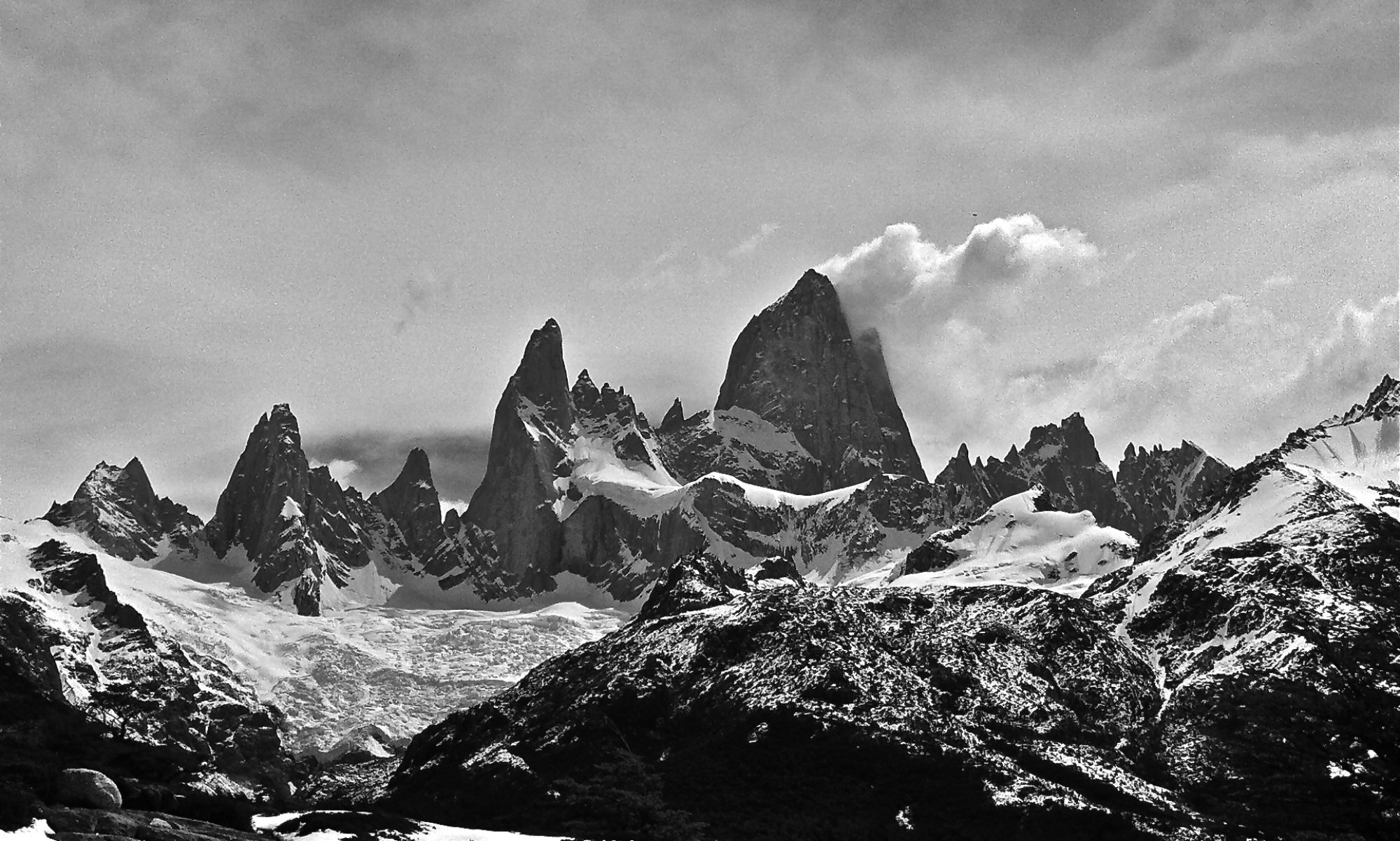Agra is about 200 km from Delhi, which translates to at least a 3-hour drive. We plan to depart at 7a to beat traffic, but our wake-up call never comes. Seems that the guest-house staff has overslept. We offered some gin the night before (Bombay Sapphire, naturally), and I think they drank a bit much.
We’re on the road by 8a. I wish I’d caught a picture of the sunrise. With all the smog, the sun is a deep red as it comes up. Smog filters out all the other colors.
We stop about half way to Agra for some coffee or cha (Indian tea) and a bathroom break. I let a “volunteer” bathroom attendant assist me without realizing that I don’t have any small change. The smallest bill I have is 50r (a bit more than a dollar). When I’m asked for the tip, I say and motion “one minute” so I can get something small from the others. The attendant, who speaks little English, says “change.” So I pull out the 50r. He produces 3 10r bills from various pockets. I motion for one more. He cannot find any and offers back the 50r with a bowed head. It’s almost certainly a ploy, and it works. I leave him with a 20r tip.
When I tell the others, I leave out the part about him not making change for the last 10r. They scold me for using the attendant in the first place, and for giving him 10r. They say 1 or 2r would be appropriate. I can’t believe we’re arguing over a few dimes.
A coworker had told me that Agra was the most depressing thing he’d seen in India. The poverty of the town juxtaposed with the Taj Majal is depressing. As we come into town, our driver stops for a few minutes and the car is approached by a few people. They tap on the windows and ask for money. But if we give anything to one of them, the car will be accosted by many more.
We watch a boy of perhaps 10 comes out of a doorway with a rat by the tail. He walks by the car to the edge of the road, spins it around like a slingshot, and tosses it into a small creek on the far side of the road. He’s very happy with himself.
The driver arranges for a guide, though there’s some debate on whether we wanted this. I guess the consensus is that while it’s OK, some are miffed because it’s foisted upon us.
You should know that the rates here for many things – such as entry fees for monuments – are much higher for Foreign Nationals (FNs) than Indians. At the Taj Mahal, it’s 20r versus 750r. At other places, Ami’s been buying tickets for 3 Indians and 1 FN (me of course). It’s been working since she speaks Hindi. Although at one entry, Niraj starts talking to her in English before we’re out of earshot of the guards. If looks could kill.
We debate (well, we being mostly Ami and Niraj) what happens next at length several times later in the day. The guide offers to buy the tickets and asks for 3000r. Ami says that she will buy them – three at the Indian rate. She checks with the guide on whether they’ll ask for proof (beyond visual) that they are Indian. He says that they will, and that we’re running a big risk.
Ami knows she can pass for Indian, so we settle on buying one Indian and three FN tickets. The guide then actually buys three Indian and one FN ticket. Ami picks up on this. We get through with no problem. The guide has pocketed the difference (2270r paid versus 810r in ticket fees). We demand our money back. The guide gives back some – 500r I think.
I suppose this is why we regret the guide in the first place. We could have gotten in for the 810r. But once he was with us, had we tried, he surely would have tipped off the guards. Great scam. What could we do?
We’re in, and it’s amazing. There’s a reason it’s one of the New 7 Wonders of the World. A real jaw-dropper, and pictures can’t completely do it justice. You’ll have to see for yourself!
At least we learn more from the guide than we otherwise would have. The Taj is perfectly symmetrical from all four sides. The only assymetric aspect is the placing of Shah Jahan next to the wife he built it for. She is centered; he lies just west of her. His plan had been to build a “black Taj” on the opposite side of the river. However, he ended up being imprisoned by his own son for eight years and the second Taj was never built. You can see evidence of its beginnings.
To the west of the Taj is a mosque (the door faces east). To the east is a mirror-image building – symmetrical – however since the door faces west it cannot be a mosque.
The four minarets at the edge of the raised platform lean away from the Taj. If they ever fall, the intent is for them not to damage the Taj.
We also tour Agra Fort while in Agra. It’s a huge fortress with red sandstone walls. They’re 22m high and seem almost as thick. They encircle a huge area – the walls total 2.5 km in circumference. The highlight is a view of the Taj down the river from atop the walls.
The drive back to Agra is long – it takes about 4 1/2 hours. We have a wonderful meal of dosa (think “Indian burrito”) and head for bed.
